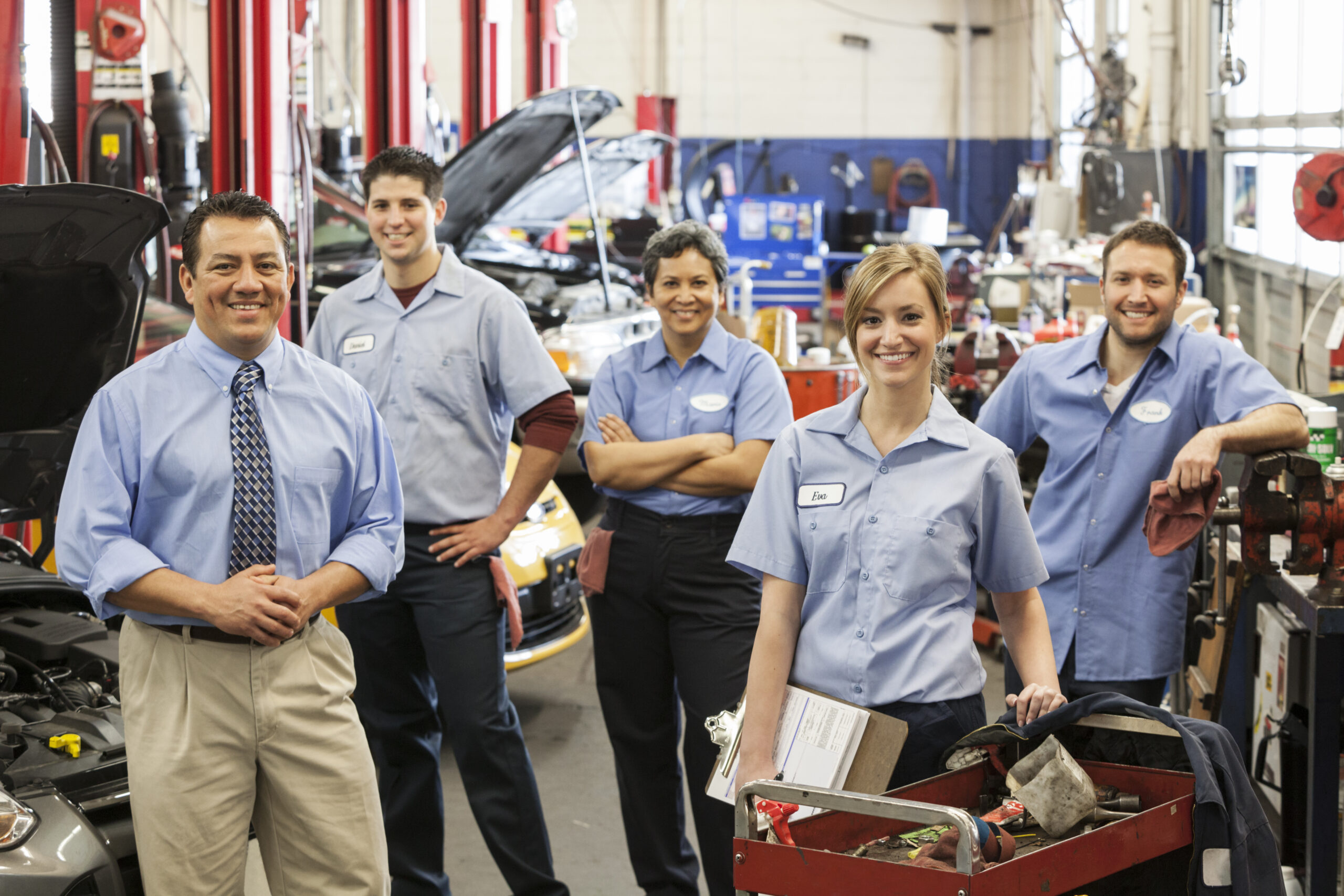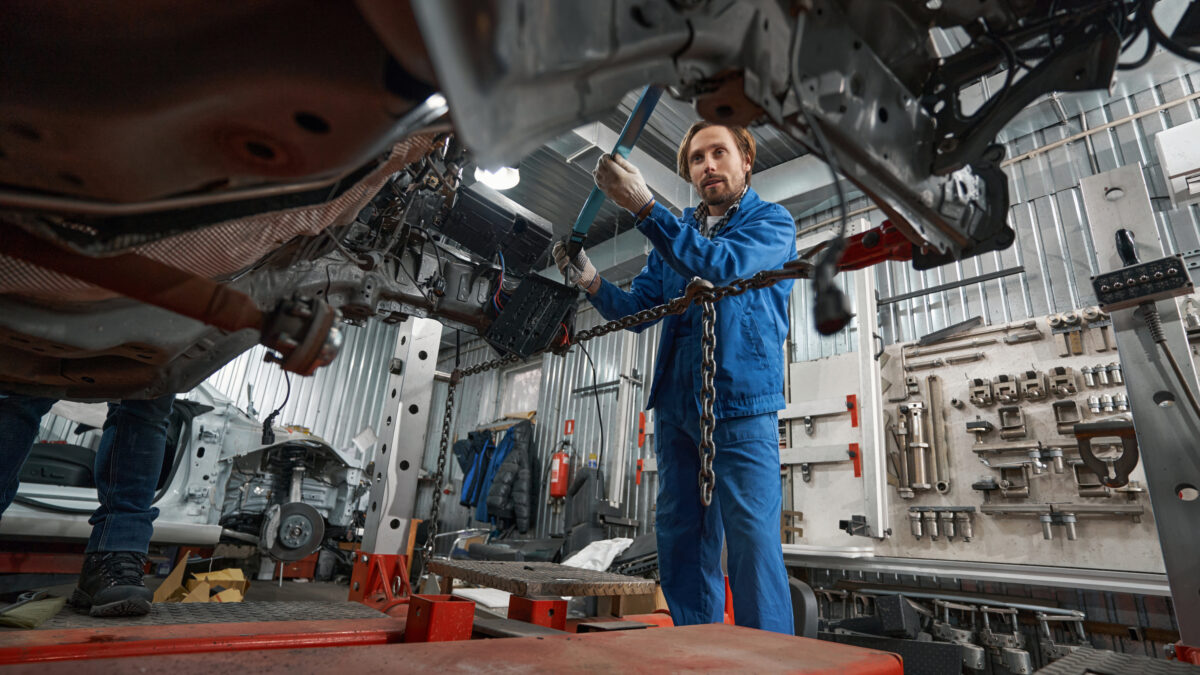- Mon - Fri: 7:30am - 5:30pm
- 613-836-6136
- stittsvilleauto@gmail.com
Your Roadmap to DIY Success

Beyond the Dealership: Independent Auto Repair Explained
July 26, 2023
Auto Repair Checklists for Every Driver: A Comprehensive Guide
August 25, 2023Imagine the satisfaction of fixing your own vehicle, the pride of knowing you tackled that mechanical issue, and the money saved by bypassing a trip to the mechanic. Welcome to the world of DIY auto repair! While it might seem like uncharted territory, embarking on this journey is both empowering and fulfilling. In this blog, we'll provide you with an auto repair DIY roadmap – a step-by-step guide to navigate through the challenges, triumphs, and skills needed to conquer the road of self-sufficient auto repairs.
1. Assess Your Comfort Zone:
Before you grab your toolbox, assess your comfort level with auto repairs. Start with simpler tasks like changing oil or replacing filters. As your confidence grows, gradually take on more complex repairs. Remember, it's all about building skills over time.
2. Gather Essential Tools:
A well-equipped toolbox is your best friend in the world of DIY auto repair. Invest in quality wrenches, screwdrivers, pliers, a jack, and other tools specific to your vehicle's needs. Having the right tools not only makes the job easier but also prevents accidents.
3. Education: Learn Before You Leap:
Education is your compass in the world of DIY auto repair. Online tutorials, repair manuals, and instructional videos are readily available. Start with basic automotive knowledge – understanding engine components, systems, and their functions.
4. Diagnosis: Decode the Problem:
Before fixing anything, you need to identify the issue. Isolate the problem through observation, sound analysis, and diagnostic tools if necessary. Understanding the root cause ensures you're not addressing symptoms but the actual problem.
5. Parts Purchase: Quality Matters:
When purchasing replacement parts, opt for quality over price. OEM (Original Equipment Manufacturer) or reputable aftermarket parts ensure reliability and longevity. Consult your vehicle's manual or research online for compatibility.
6. Safety First: Protect Yourself:
Safety is non-negotiable. Wear appropriate safety gear, such as gloves and safety glasses, and work in a well-ventilated area. Always use jack stands when lifting the vehicle and follow proper procedures to prevent accidents.
7. Step-by-Step Repair:
Follow repair instructions meticulously. Consult repair manuals or online tutorials for guidance. Take photos as you disassemble parts for reference during reassembly. Keep a clean workspace to avoid losing small components.
8. Take Your Time: Patience Pays Off:
Rushing through a repair can lead to mistakes. Take your time, double-check your work, and ensure everything is correctly assembled. If you encounter challenges, don't hesitate to consult resources or seek advice from experienced DIYers.
9. Test and Inspect:
After completing the repair, it's time to test the vehicle. Ensure all systems are functioning as they should. Take a test drive to check for any unusual noises, vibrations, or handling issues.
10. Celebrate Your Success:
Completing a successful DIY auto repair is an achievement worth celebrating. Not only have you saved money, but you've also acquired a valuable skill. Pat yourself on the back, and remember, every repair you undertake adds to your expertise.
The auto repair DIY roadmap isn't just about fixing cars; it's about learning, empowerment, and the thrill of self-sufficiency. While challenges may arise, each repair you conquer adds to your knowledge and confidence. As you navigate this roadmap, you're not just repairing vehicles; you're taking control of your automotive destiny, one wrench turn at a time. So, gather your tools, educate yourself, and hit the road with your newfound skills. The world of DIY auto repair awaits – it's time to embrace the journey!



